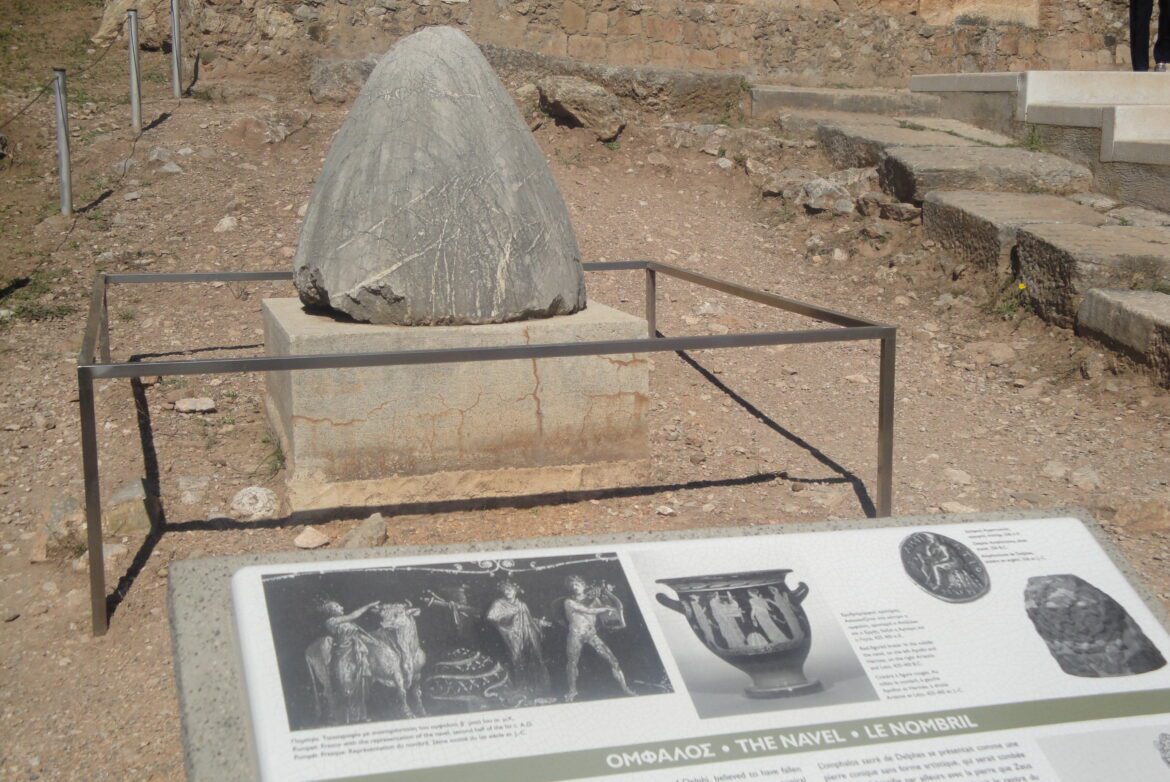The Prehistoric Periods (400,000 – 3000 B.C.)
Paleolithic, Mesolithic, Neolithic : The first evidence of human life in Greece dates back to the Paleolithic period between 120.000 – 10.000 B.C. However, it was not until the Neolithic period dated approximately 7.000 – 3.000 B.C. that Greek civilization grew and flourished. At the beginning of the Neolithic period there was a big change from a nomadic “hunter-gatherer” lifestyle to one of settled village life and agriculture. Many remains of settlements and burial chambers of this period have been discovered in Thessaly, Macedonia and the Peloponnese.
Bronze Age (3300 – 1150 B.C.) : The first urban centers appeared. Evidence of these has been found all over modern day Greece, in North Eastern Aegean islands, the Cycladic islands, Crete and the Greek mainland.It includes the following periods :
- Cycladic (3300 -2000 B.C.)
- Minoan (2600 – 1200 B.C.)
- Helladic (2800 -1600 B.C.)
- Mycenaean or Late Helladic (1600 – 1100 B.C.)
The Iron Age (1100 – 900 B.C.) : Economic and cultural inactivity, known as the Dark Ages (1150 – 700 B.C.) Greek tradition states that the “Dorians” or “Sons of Herakles” invaded southern Greece, thereby driving out the last of the Mycenaeans (the “Dorian Invasion”). Sometime later, displaced Greek-speaking peoples moved into Asia Minor (supposedly led by the descendants of Ion of Athens) and settled along the coast (the “Ionian Migration”).
The Historical Periods (900 B.C. – 1453 A.C.)
The Geometric Period ( 900 – 700 B.C.) : During this period the Greek polis (pl. = poleis) or “city-state” develops, including Athens, Corinth, and Sparta. Archaeologically we see a greater, more developed, artistic output in the form of painted pottery and the rise of trade with other areas of the Mediterranean. Colonies are established in Italy and Sicily. The epic poems of Homer, The Iliad and The Odyssey, are widely circulated around the Greek world.
The Archaic Period (700 – 480 B.C.) : Individual city-states and their colonies prosper, giving rise to centers of political, religious, philosophic and artistic development. Many of the Greek cities in the mainland, Aegean islands, and the Ionian coast are ruled by “tyrants”, strong-willed men who rule, not by constitutional authority, but by popular support. Monumental sculpture, stone temple architecture, and civic building programs are among the achievements of this period. Greek cities in the eastern Aegean and Asia Minor come under the domination of the Persian Empire at the end of the sixth century. The Archaic period “officially” comes to an end (at least for modern historians) with the defeat of the Persian forces at the Battles of Salamis and Plataia in 480/79 B.C. In the years after the Persian defeat, Athens takes the lead in a league of Greek states (the “Delian League”) sworn to pursue the war against the Persians.
The Classical Period (480 – 323 B.C.) : The acme of Greek civilization as viewed by many historians : literature, drama and the arts flourish throughout the Greek world. Athens grows rich off its silver mines and the tribute paid by the Delian League which becomes, virtually, the Athenian Empire. This is the time of the great “Kimonian” and “Periklean” building programs in Athens, which include the Parthenon and other famous temples on the Acropolis. Conflict with other Greek cities results in the Peloponnesian War (431-404 B.C.) and the defeat of Athens at the end of the fifth century. Subsequent decades see the rise of Macedonian power, beginning with Philip II, and culminating with the conquests (and death in 323) of Alexander the Great.
The Hellenistic Period (323 – 31 B.C.) : Following the death of Alexander, his empire was divided into three parts: the Seleucids in Asia Minor; the Ptolemies in Egypt and the Macedonian (Antigonid) dynasty in Greece. The process of rule by kingship, common in the Near East, is established in the eastern area of the Greek world, including the Attalid dynasty in Pergamon. These ‘Hellenistic Kingdoms’ were centers of learning and artistic patronage; institutions such as the Libraries at Alexandria and Pegamon were responsible for the preservation and transmission of much of earlier scholarship and literature. Athens ceased to be an important political center, but was home to important philosophical schools.
The Roman Period (31 B.C. – 323 A.C) : The growing power of Rome eventually surpassed and engulfed the Hellenistic Kingdoms. Centers of learning and the arts such as Athens and Rhodes, as well as the sanctuaries of Delos and Delphi, continued to flourish in the Roman period, particularly under the patronage of such philhellenic emperors as Hadrian (A.C. 117-38). During Roman occupation most of the Roman emperors, who are admirers of the Greek culture, are friendly towards the Greek cities, and especially Athens. Through the travels of Apostle Paul during the 1st century B.C., Christianity, the new religion that will gradually dethrone the worship of the Dodecatheon (the Twelve Gods), is spread all over Greece.
The Byzantine Period in Greece (323 – 1453 A.C.) : Constantine the Great created a new capital in the eastern half of the Roman Empire, known as the city of Constantine, “Constantinopolis” (modern Istanbul). His religious conversion and political recognition of the Christian faith paved the way for the continuation, in Christian form, of the Roman Empire. Henceforth, the “Eastern Roman Christian Empire” known in modern times as the Byzantine Empire, carried on the traditions of Greek culture. Following the sack of Constantinople in 1204 at the hands of Latin Crusaders, much of Greece came under Frankish or Venetian ownership. The Byzantine Empire finally came to an end with the capture of Constantinopolis by the Ottoman Turks in 1453.
Newer History (1453 – 1821 A.C.)
The Ottoman Empire Period in Greece (1453 – 1821 A.C.) : The Ottomans gradually start seizing parts of the empire from the 14th century A.D. and complete its destruction with the conquest of Constantinople in 1453. On 29 May 1453 Constantinople fell to the Ottoman branch of the Turkish invaders, who had been mopping up the remaining territories of the old Byzantine Empire. Crete was the last part of Greece to be occupied by the Ottomans in 1669. Approximately four centuries of Ottoman occupation follow until the declaration of the Greek War of Independence on 25 March 1821.
Modern History (1830 A.C. – present)
Foundations of the Hellenic State : The first Greek state was established in 1829, following the Greek War of Independence. Nafplion became the first capital of modern Greece from 1829 to 1834 and John Kapodistrias the first Governor. In 1832 Greece became an independent kingdom with King Otto, which, however, covered only a restricted territory. On September 3rd 1843 Greek demanded and achieved a Constitution and a new government with Andreas Metaxas as Prime Minister. During the 19th and the beginning of the 20th centuries, new areas with Greek populations are gradually integrated into the Greek state. Greece used various means to extend its territory into the Ionian Islands, Thessaly, Macedon, Crete and the Aegean. Greece’s territory reaches a maximum after the end of World War I, in 1920, with the substantial contribution of Prime Minister Eleftherios Venizelos. Attempts to keep the Hellenic element and ground failed, resulting to the Asia Minor Disaster of 1919-1922. Athens became the capital of Greece after 1934. Greece reached its present configuration in 1947, after the end of World War II with the incorporation of the Dodecanese Islands. In 1944-1947 a violent civil war broke out, while in 1967 a military junta overthrew the government. In 1974, the regime imploded, and since 1975 Greece has been a Democratic Republic. It joined the EU in 1981 and adopted the Euro (€) in 2001.

